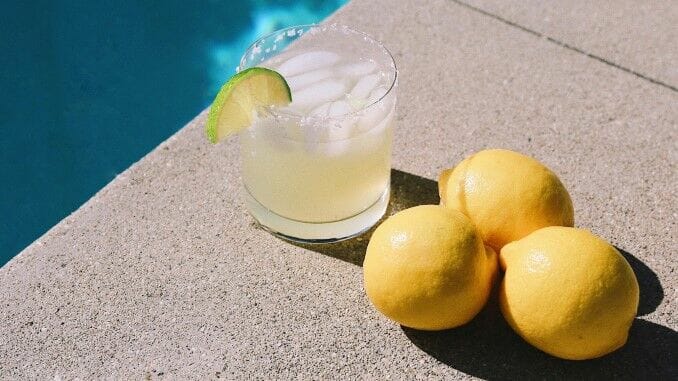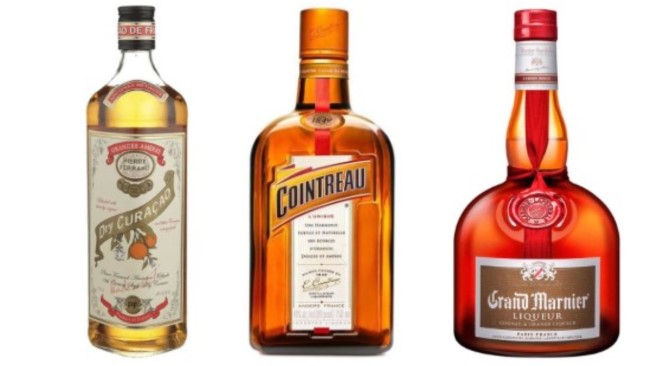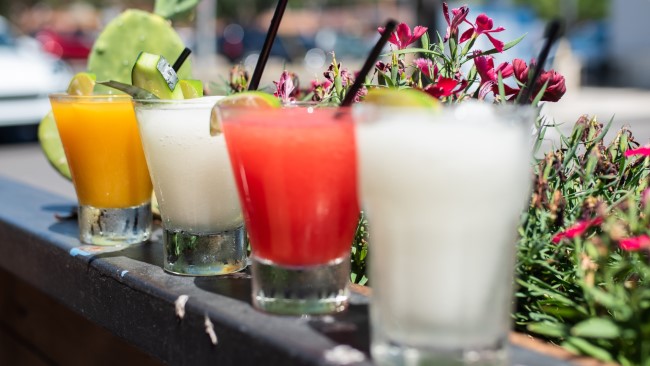Cocktail Queries: What Makes for the Perfect Margarita?
Photos via Unsplash, Taylor Simpson, Tai's Captures, Jordan Nix
Cocktail Queries is a Paste series that examines and answers basic, common questions that drinkers may have about mixed drinks, cocktails and spirits. Check out every entry in the series to date.
We’ve covered a lot of ground in our Cocktail Queries series in the last few years at Paste, answering commonly asked questions about making home cocktails, as well as diving deep into individual spirits to explore topics like the best bourbon under $30, or defining the house styles of iconic Kentucky whiskey distilleries. Now, we’re drilling down on the “cocktail” in the title with this subseries on individual, classic cocktails, in order to answer the question of what makes for a great example of one of these drinks. What’s the key to a great old fashioned, for instance? A great Manhattan? A great daiquiri? A great negroni? We’ll explore them all, and then some.
If the old fashioned is the instantly iconic cocktail one would associate with bourbon, or a martini is the first thing that comes to mind when someone mentions gin, then surely the margarita would be the almost universal first thought when it comes to applying tequila, at least in the U.S. In fact, it’s probably safe to say that tequila is more strongly and intimately associated with the margarita than any other spirit is with a single cocktail—the two are inextricably linked in the American pop cultural psyche at this point. If someone produces a bottle of tequila at a backyard BBQ, it’s almost a certainty that margaritas are soon to follow.
The drink itself is of course a thing of elemental, simple beauty—three or four core ingredients, no muss, no fuss. But like so many other classic cocktails, the quality of the margarita you ultimately make is contingent upon how well you truly understand those ingredients, which ones you choose, and the ratios/method with which you prepare the drink. As with so many other simple drinks, there can be more to a well-made margarita than meets the eye.
Note: We’re going to be talking about the classic, on-the-rocks, non-frozen margarita in this piece. Or in other words, the original margarita.
-

-

-

-

-

-

-

-

-

-

-

-

-

-

-

-

-

-

-

-

-

-

-

-

-

-

-

-

-

-

-

-

-

-

-

-

-

-

-

-

 Many margs today are brightly colored frozen drinks filled with artificial fruit flavors. That’s not what we’re discussing here today.
Many margs today are brightly colored frozen drinks filled with artificial fruit flavors. That’s not what we’re discussing here today.
 There’s a rainbow of potential variations within the world of the margarita.
There’s a rainbow of potential variations within the world of the margarita.






































